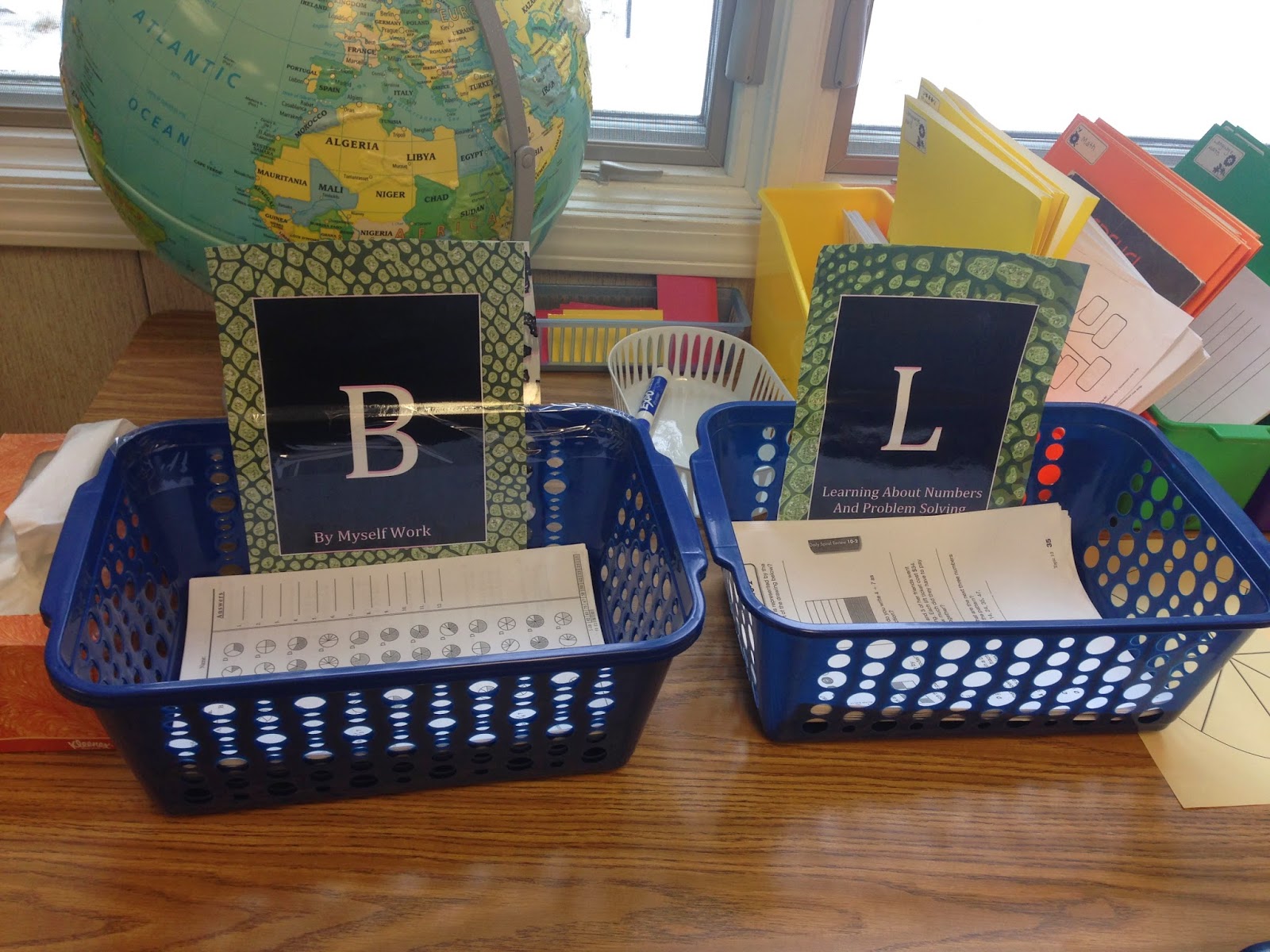Join the VIP Teacher Club!
Have you heard of BUILD? I started doing this structure this year for my stations and have been very happy with it. I have seen many blog posts for BUILD, and everyone does it a little differently. I have seen BUILD used as a Daily 5 setup (with kids choosing which math station they want to go to), or as rotations (which is what I do). I have a large chunk of time open for math, generally we do about an hour and a half of math a day. I start with a quick mini-lesson on a concept, then do BUILD and reinforce the new learning with each of my small groups.
WHAT IS IT?
Here are my explanations for the BUILD acronym:
B: By Yourself Work (independent worksheets)
U: Using Manipulatives (any hands-on game or activity)
I: IXL (computer program)
L: Learning about numbers/problem-solving (flashcards, challenge math packet, or Challenge 24 game)
D: Do math with Miss PC (my table)
I think traditionally the L stands for literacy, and gives students the option of reading math-related books. I teach gifted third-graders and we have an accelerated math program (they cover both third and fourth-grade math), so it is math intensive in our classroom.
 I have always done math using guided math and stations. I have a wide range of abilities in my classroom, although all the students are labeled as gifted. Some are verbally gifted and struggle in math, while others have an innate mathematical ability (I wish I had that!). What I LOVE about BUILD is that setting it up everyday is simple. Putting it together everyday almost seems brainless… just plug in an activity or handout for each station. I know that the B station is always some kind of double-sided worksheet. U is something hands-on (it can be new or review). I is IXL, which is a computer program that our school pays for. IXL is worth every penny. It has every single standard on it, and the kids have their own username. The program checks their progress and gives reports to teachers, hence there is accountability. L I will use the Challenge 24 game, a Continental Math sheet, or Great Expectations handout. Finally, D is where I meet with students in back at my horseshoe table.
I have always done math using guided math and stations. I have a wide range of abilities in my classroom, although all the students are labeled as gifted. Some are verbally gifted and struggle in math, while others have an innate mathematical ability (I wish I had that!). What I LOVE about BUILD is that setting it up everyday is simple. Putting it together everyday almost seems brainless… just plug in an activity or handout for each station. I know that the B station is always some kind of double-sided worksheet. U is something hands-on (it can be new or review). I is IXL, which is a computer program that our school pays for. IXL is worth every penny. It has every single standard on it, and the kids have their own username. The program checks their progress and gives reports to teachers, hence there is accountability. L I will use the Challenge 24 game, a Continental Math sheet, or Great Expectations handout. Finally, D is where I meet with students in back at my horseshoe table.
Technically, U should be the hardest station to create everyday. It is at first difficult to think of hands-on math material that will engage the kids. However, once you have a stock of different games or activities, these can be easily rotated out. If you’re learning about measurement, it is perfectly fine to put in a hands-on activity about decimals. Constant spiraling of material ensures success in a mathematical concept, these kids need constant review to keep it fresh in their minds!
HOW DOES IT WORK?
Each station lasts approximately fifteen minutes. I need to meet with each group every single day. Although I have math groups that are needier than others, I do not feel right not monitoring the progress of some of my students, even those that I know will excel at any mathematical concept I throw their way.
As you can see at the picture at the top of the page, I use magnets and animal group names. One of my classroom jobs is “Math Center Manager.” This student is responsible for changing the magnets every fifteen minutes when the timer goes off. When the other students hear the timer, they look at the board and move to their next station. We practiced this a lot in the beginning of the year so they understood the expectations and routine of rotating, turning in work, and cleaning up their areas.
Do you use BUILD? How is your math block structured?

Hey there, I’m Kelly! I I love helping teachers save time with technology and resources so they have more hours in the day to spend with family and friends. Take a look around to find new ideas that you can implement in your classroom today!